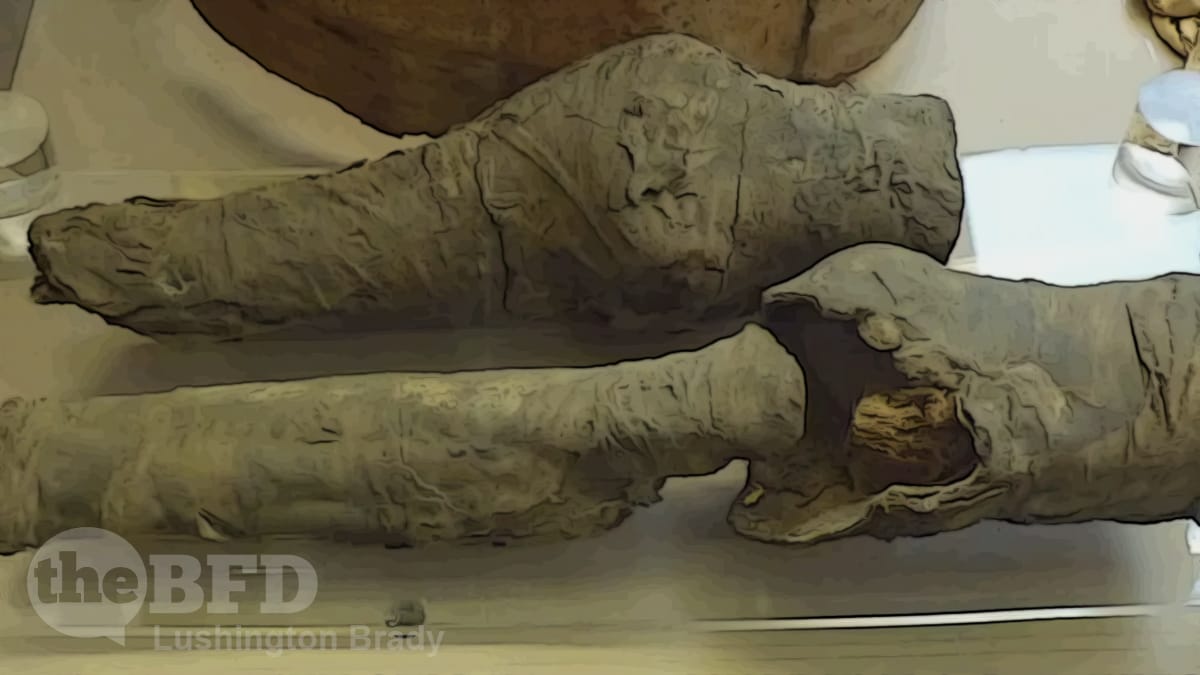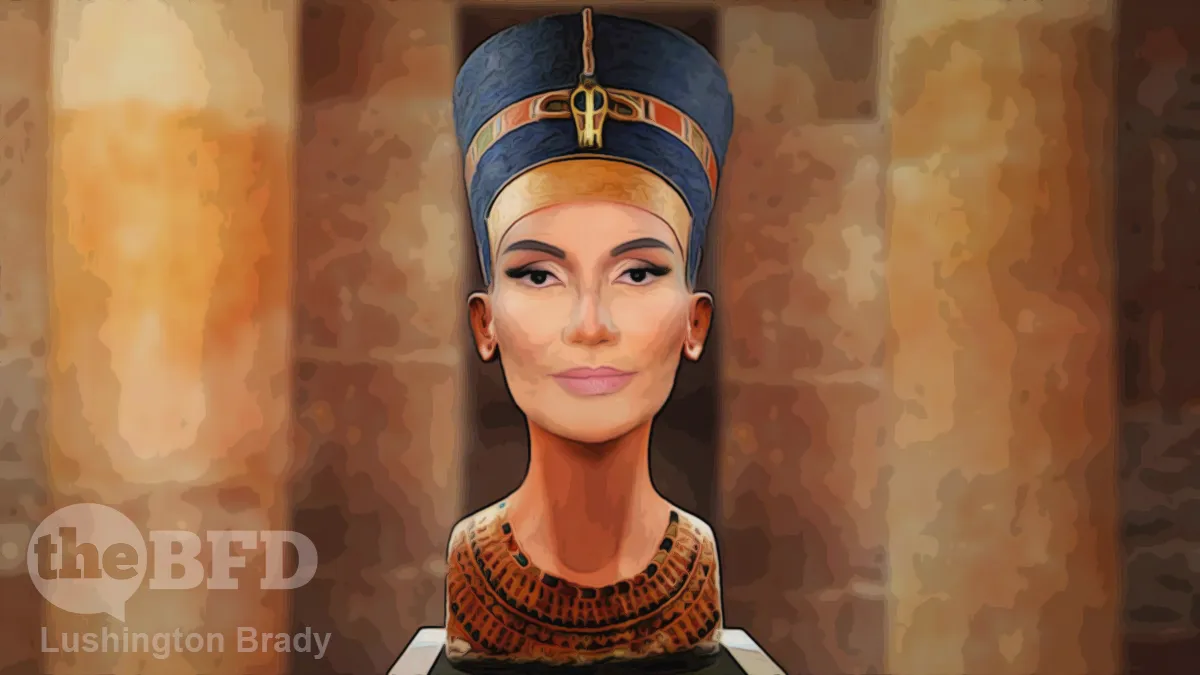Table of Contents
The relics business can be a weird one. The fad for relics of Christian saints led to the preservation of the supposed remains of everything from Jesus’ foreskin and Mary’s breast milk, to the tongue and jaw of St. Anthony.
Lest you think that’s all just religious nuttiness, though, even violently atheist regimes like Communists have their version of holy relics. Everything from the entire corpses of Lenin and Mao, to Rasputin’s legendary magnum dong.
That’s nothing, say scientists: how about an Ancient Egyptian queen’s knees?
Over the thousands of years of Egyptian history, there have been many powerful dynasties and rulers. One of the most well-known of these pharaohs was Ramses II, who had the second-longest reign in Egyptian history. While his reign on its own is filled with accomplishments — like his building programs — Ramses II was also known for his wife, Nefertari, who was reportedly an outstanding figure in her own right.
Though she never ruled as a sovereign, she is still one of Egypt’s most famous queens alongside Cleopatra, Nefertiti, and Hatshepsut.
Grunge
Ancient records tend to focus mainly on the very wealthiest and most powerful figures of the day, and, given that these were so often men, famous ancient women are notably thinner on the ground. Which makes Nefertari fairly remarkable, for a start.
So remarkable, in fact, that her husband went all-out with her burial. Ramses built her an ornate tomb in the Valley of the Queens and also built an entire temple to honor her and the goddess Hathor.
Nefertari was the royal wife of Pharaoh Ramses II, and her beauty was unmatched. So was her tomb—the walls are painted with beautiful images of the queen and a starry sky on the ceiling. But the contents of the cavern were in disarray when archeologists first opened the tomb in 1904. Her sarcophagus was smashed.
Which is where the knees in question come in. The only human remains that the plunderers left behind were a pair of mummified leg fragments. Given that Egyptian royals were so often buried with the mummified bodies of entire retinues, the question naturally becomes whether the knees belonged to Nefertari, or just some nameless servant.
That’s why a team of international archaeologists decided to take a closer look, publishing their analysis in the journal PlosOne. According to Stephanie Pappas at LiveScience, the researchers examined the mummified remains currently housed at the Egyptian Museum in Turin, Italy. X-raying the three pieces of leg confirmed the presence of a pair of human knees, with pieces of a femur, a partial tibia, a fibular bone, as well as the patella.
The testing indicated that the bones belonged to a middle-aged or older woman, somewhere between 40 and 60. She would have been about 5’5” (165cm) tall.
There were some indication of arthritis in the legs. This corresponds with what is known about Nefertari, who the researchers say likely died in her 40s, sometime during the 25th year of Ramses II’s reign.
Pappas reports that the arteries along the tibia showed some calcification, also an indicator of her age. An analysis of the wrappings showed that the embalming process used a generous amount of animal fat, consistent with embalming practices used at the time of the queen’s death.
There were some inconsistencies. The embalming method contaminated the queen’s DNA, which was severely degraded to begin with, making it impossible to get a sample. Radiocarbon dating also placed the mummy between 1607 and 1450 B.C., earlier than Ramses reign, though the researchers say contamination from sediment could have skewed the dating.
Smithsonian Magazine
How a corpse from an earlier time could have ended up in Nefertari’s tomb would be a strange mystery indeed. The tomb’s location on a hillside caused some speculation that a mummy from an earlier time could have been washed into the crypt during a flood. Scientists think this scenario is too unlikely to take seriously. It’s also notable that the tomb doesn’t seem to have been constructed to hold more than one body.
So, the general conclusion is that these are, indeed, Nefertari’s knees.
Which is a strange twist of fate for a woman whose main claim to fame was her beautiful face.
Perhaps she had pretty spectacular knees, as well.









